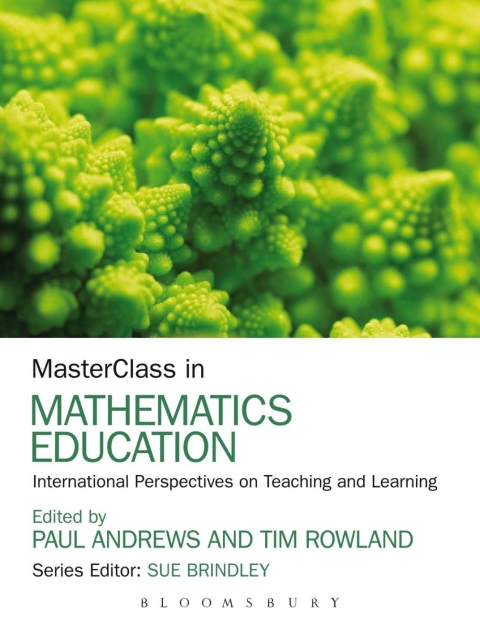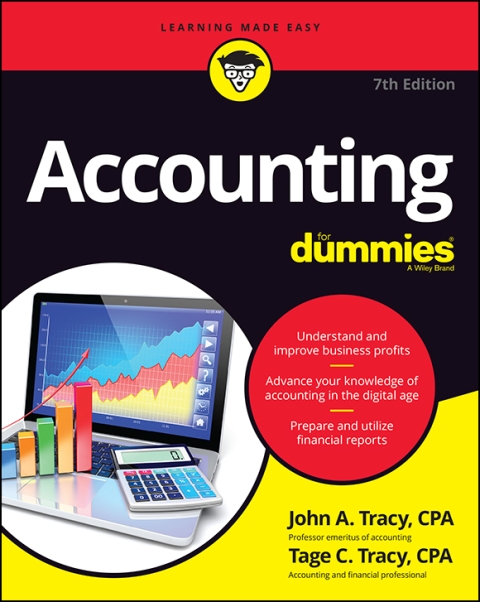Description
Efnisyfirlit
- HalfTitle
- Series
- Title
- Copyright
- Contents
- Notes on Contributors
- Series Editor’s Foreword
- Preface
- Part I Issues in Mathematics Education
- 1 What Is Mathematics, and Why Learn It?
- Introduction
- What is mathematics? Answers from the philosophy of mathematics
- Views of the purposes of mathematics teaching
- The relationship between philosophies, aims and classroom practices
- Conclusion
- 2 Learning and Knowing Mathematics
- Introduction
- Overview of theories of learning and knowing
- Constructivist research on learning and knowing mathematics
- Cultural–historical research on learning and knowing mathematics
- Sociological approaches to learning and knowing mathematics
- Conclusion
- 3 Improving Assessment in School Mathematics
- Introduction
- Towards a didactical model for assessment design
- Formative assessment and classroom learning
- Interpretation in teachers’ assessments
- Quality and dependability in teachers’ summative assessments
- Conclusion
- 4 Integrating New Technologies into School Mathematics
- Introduction
- Studying integration into teaching of board technologies as a medium of classroom communication
- Studying integration into teaching of graphing technologies as a medium for heuristic mathematics
- Studying integration into teaching of a virtual learning environment as the mediator of whole-class
- Studying integration of dynamic geometry into personal and cultural frameworks for teaching
- Conclusion
- 5 Mathematics Textbooks and How They Are Used
- Introduction
- The mathematics textbook – curriculum material and artifact
- Mathematics textbooks and their use: artifacts and instruments
- Mathematics textbooks as artifacts
- Mathematics textbooks as instruments
- Students and mathematics textbooks
- Conclusion
- 6 The Affective Domain
- Foreword
- Introduction
- A first phenomenological encounter with the affective domain – an attempt at an inventory
- An attitude-related theory
- Conclusion
- 7 Mathematics and Language
- Introduction
- Linguistic perspectives
- Discursive perspectives on mathematical cognition
- Socio-political perspectives
- The discourse of mathematics education research
- Conclusion
- 8 Mathematics Teacher Knowledge
- Introduction
- Lee Shulman
- Deborah Ball
- Mathematical knowledge for teaching
- The Knowledge Quartet
- Conclusion
- Part II Aspects of Mathematics Curriculum
- 9 Proof
- Introduction
- A classroom episode as a context to introduce the focal issues
- Discussion of the core readings
- Conclusion
- 10 Mathematical Problem Solving
- Introduction
- What is a mathematical problem?
- Types of problems
- Scientific views on problem solving
- Phases and components of problem solving
- Instructional methods that promote problem solving
- Problem solving as a vehicle for learning mathematics
- Conclusion
- 11 Algebra
- Introduction
- Exploring the meaning of approach: Approaches to school algebra
- Substantive structures in mathematics and the curriculum
- Different ways of thinking about equations in two variables: The curricular challenge of multiple su
- Processes on Objects: One way to characterize choices made about substantive structures in school cu
- Operations on functions: One way to understand school algebra
- A second way to describe approaches to school algebra: Approaches and instructional situations
- Conclusion
- 12 Arithmetic
- Introduction
- The role of counting
- Using imagery
- Written methods for addition and subtraction
- Multiplicative reasoning
- Foundations of multiplicative reasoning
- Conclusion
- 13 Geometry
- Introduction
- Spatial visualization in geometry
- The learning of basic geometric concepts
- The van Hiele model of students’ geometrical reasoning
- Conclusion
- 14 Probability
- Introduction
- Why is probability hard?
- The ChanceMaker study
- Conclusion
- Part III Comparative Mathematics Education
- 15 European Mathematics Curricula and Classroom Practices
- Introduction
- A socio-historical commentary of education in England, France, Germany and Russia
- Mathematics teaching in England and Germany
- Textbooks and the teaching of angle in England, France and Germany
- Teacher–pupil interactions in the mathematics classrooms of Russia and England
- The intersection of mathematics curricula and teaching in Flanders and Hungary
- Conclusion
- 16 Teaching and Learning Mathematics in Chinese Culture
- Introduction
- ‘Chinese-ness’ – characteristics of the Chinese learner
- Effective mathematics teaching in the eyes of Chinese teachers
- The role of practice: Repetitive learning versus learning by rote
- A typical Chinese mathematics lesson
- Bridging the gap between basic skills and higher-order abilities
- The spiral bianshi mathematics curriculum
- Conclusion
- Acknowledgement
- 17 Classroom Culture and Mathematics Learning
- Introduction
- The constitutive role of classroom interaction
- Negotiation of mathematical meanings in inquiry classrooms
- Unequal negotiation of meanings?
- The problem of recontextualization
- Researching hidden dimensions
- Conclusion
- Index






